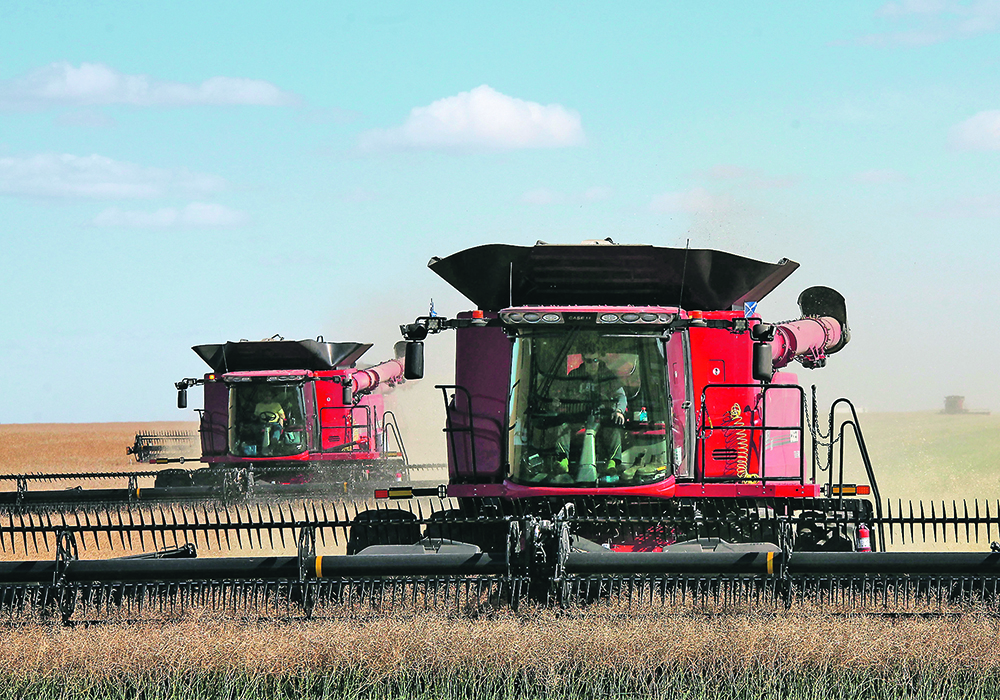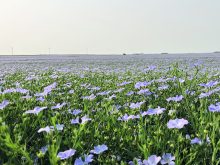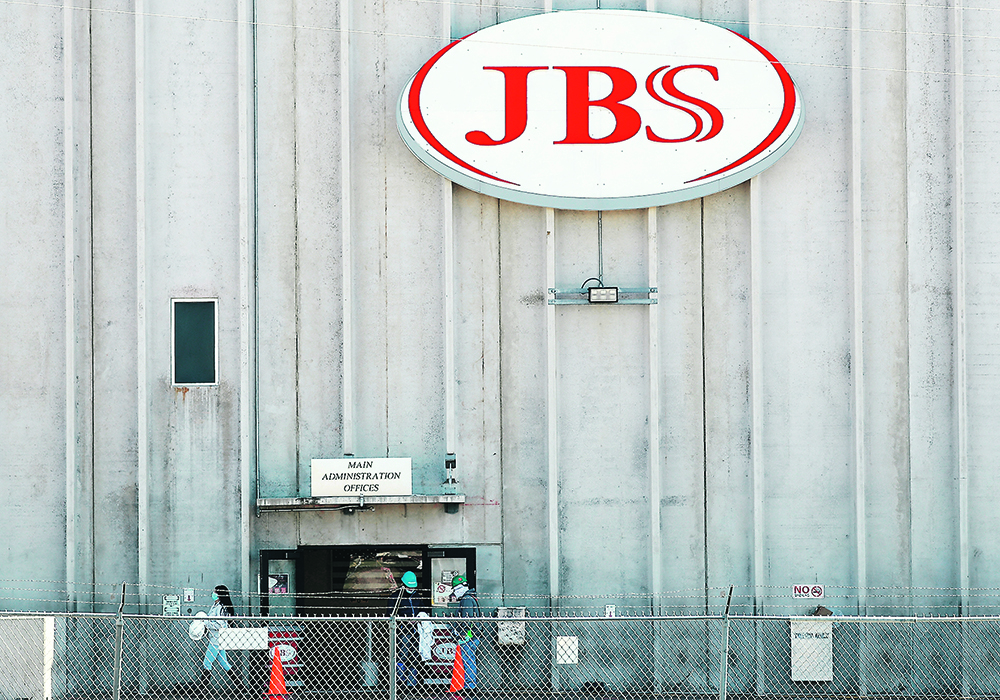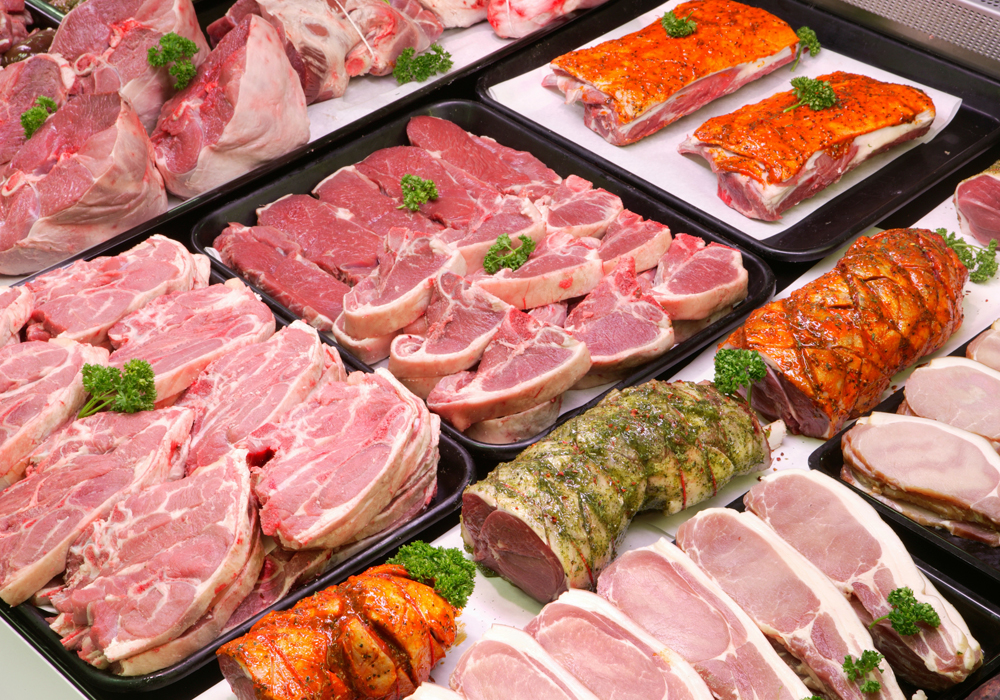Even before Russia invaded Ukraine, the global food supply was under strain.
Climate change, supply chain disruption and increasing demand were all driving up food prices. Then the invasion made a bad situation much worse.
Therefore, the need for the food system to deliver on its full food security, economic and environmental outcomes may never have been greater. Canada can be a leader in doing just that.
The recent federal budget offers insight into how the federal government thinks about agriculture and the challenges it faces. One word in particular stands out. That word is “however.”
Read Also

High prices see cow-calf producers rushing to incorporate
Farm accountants are reporting a steady stream of cow-calf producers rushing to get their operations incorporated ahead of selling their calves this fall.
Grammar experts say that the word “however” is used to introduce a statement that contrasts with or seems to contradict something that has been said previously.
The section on sustainable agriculture starts out by highlighting agriculture’s role in the economy and in feeding the world. It notes, “at a time of geopolitical uncertainty and rising costs, ensuring that Canada’s agricultural production continues to grow will be vitally important.”
But then comes, “however, agriculture also represents approximately 10 percent of our greenhouse gas emissions.” It goes on to outline all the investments being made to reduce agriculture emissions.
The contrast has been set. The investments are not being made to boost agriculture’s economic, food security and environmental contributions, but to lower emissions.
This is not to downplay the need to lower emissions. Some of these investments should also help make farms become more profitable. The $100 million investment in research toward net-zero agriculture is also a step in the right direction, but more research and development are needed.
Instead, the budget could have combined those critical needs and said, “at a time of geopolitical uncertainty and rising costs, ensuring that Canada’s agricultural production continues to grow sustainably will be vitally important.” It could have committed to making Canadian agri-food a world leader in sustainable productivity growth, enabling agriculture to produce more food, on less land, with fewer inputs, to meet all three outcomes.
Agriculture is already making significant improvements in sustainable productivity growth. Over the last 30 years, the amount of land and inputs, including fertilizer, pesticides and water, needed to produce a bushel of wheat, a pound of beef, a litre of milk or a tonne of canola oil has gone down considerably. Canada is a world leader in sustainable food production.
That is why, while there is an opportunity for Canadian agriculture to lower its environmental footprint, focusing on agriculture’s 10 percent contribution to Canada’s GHG emissions does not tell the whole story.
It does not tell that those emissions come from complex biological systems that cannot be capped or measured at smokestacks, but they are systems that can fix carbon. It does not tell that while cattle emit methane, they are also essential for maintaining grasslands that are critical carbon sinks and the methane is recycled in a short cycle. It does not tell that those emissions come from one of the most sustainably productive food systems, a food system that now more than ever is being called on to feed the world.
The world does not just need sustainable food. It needs more of it. This is particularly true considering the historic pressures on international food systems caused by conflict, climate change and climbing demand. Now Canada’s governments and the agri-food system need to work together to deliver it.
Tyler McCann is managing director of the Canadian Agri-Food Policy Institute.















